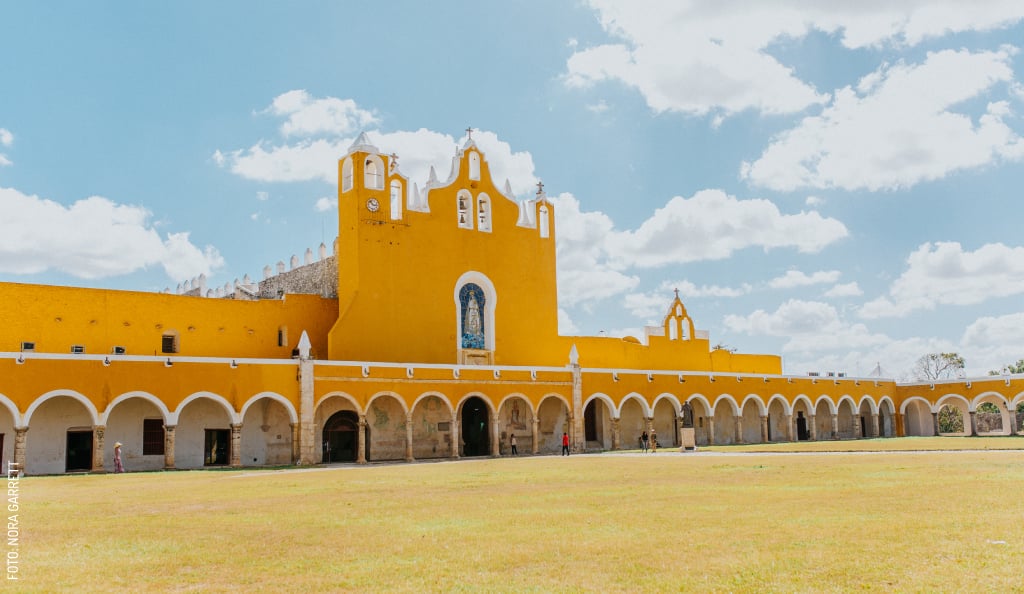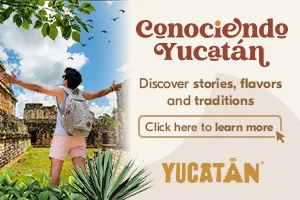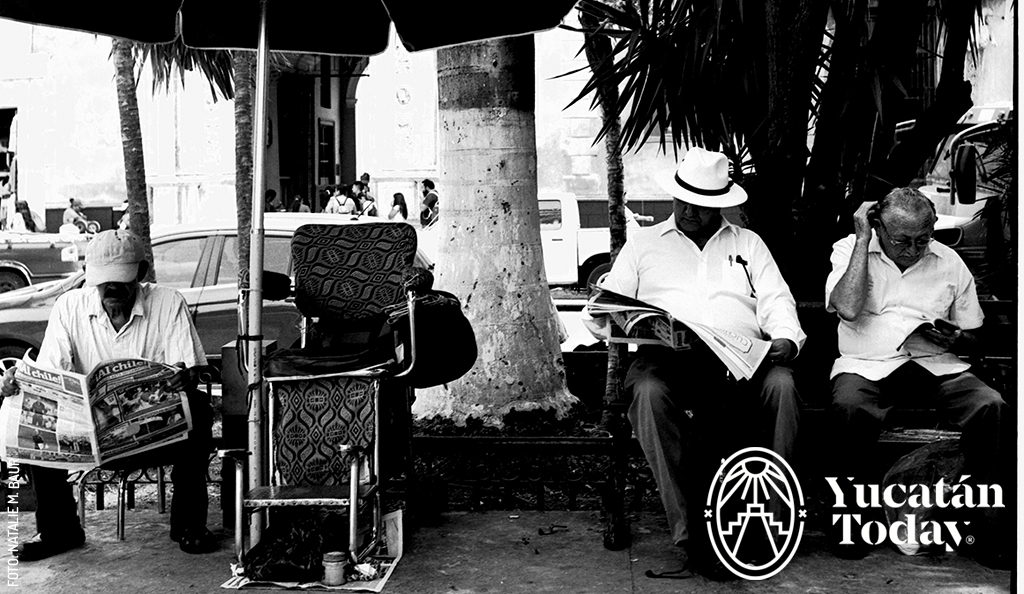
Visions of the Past: a Visit to the Fototeca Pedro Guerra
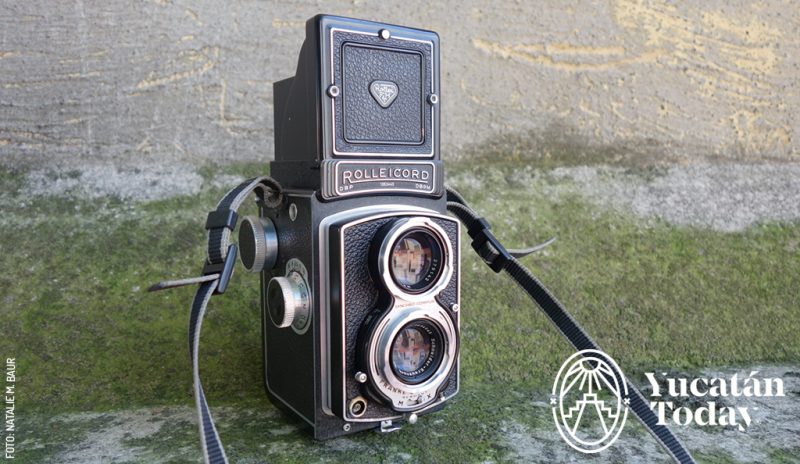 I arrived in Mérida with a 1950s Rolleicord TLR analog camera in my bag, eager to test out my “new” camera, the same model that launched Mexican-American photographer Mariana Yampolsky’s long and celebrated career.
I arrived in Mérida with a 1950s Rolleicord TLR analog camera in my bag, eager to test out my “new” camera, the same model that launched Mexican-American photographer Mariana Yampolsky’s long and celebrated career.
Learning to use my Rollei, or “Mariana” as I affectionately named it, was a steep learning curve. The camera is completely manual, and I had to learn to gauge light, movement and focus without the aid of built-in sensors that digital cameras have which do all that for you. I also learned that even the type of film you choose has a big effect on how your photos will turn out, so looking for film that would give me the kind of aesthetic look I was going for proved to be a challenge. Not many photographers are working in film, and even fewer work in medium format film, which is a larger negative at 6x6 cm and gives a beautifully detailed image. I chose to order black and white 400 ISO Kodak Tri-Max film from an online retailer when I visited family in the US because it is nearly impossible to find in Mexico City at an affordable price.
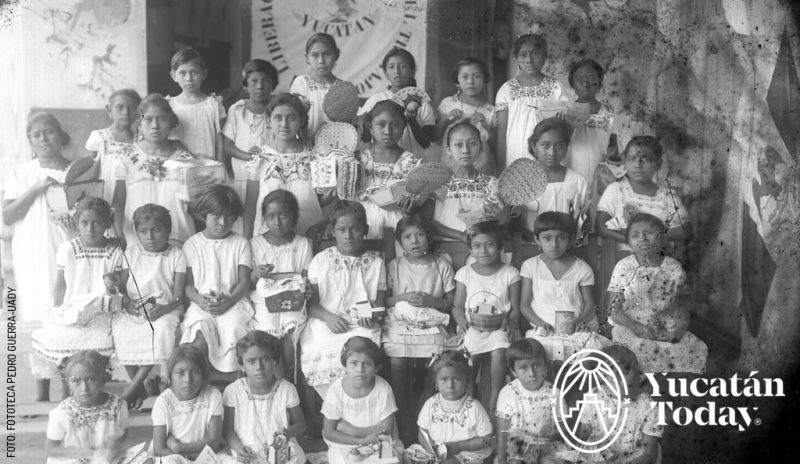 After practicing with reading light, focusing and deciding on what kind of film I wanted to use, I decided to make a visit to the Fototeca Pedro Guerra, located at the Universidad Autónoma de Yucatán, to get some photography ideas and learn about Mérida’s history. The Fototeca preserves over a hundred years of the Yucatán’s visual history, and it was the perfect opportunity to find plenty of inspiration for my own adventures in film.
After practicing with reading light, focusing and deciding on what kind of film I wanted to use, I decided to make a visit to the Fototeca Pedro Guerra, located at the Universidad Autónoma de Yucatán, to get some photography ideas and learn about Mérida’s history. The Fototeca preserves over a hundred years of the Yucatán’s visual history, and it was the perfect opportunity to find plenty of inspiration for my own adventures in film.
I met with head archivist Cinthya Cruz one sunny morning for my behind-the-scenes tour. Cinthya explained that the Fototeca preserves several photographic archives, the largest one being the archive of Estudio Guerra, a family of four generations of photographers who operated a portrait studio in central Mérida for over one hundred years. Other collections of photos at the Fototeca document life in the state of Yucatán and University history.
In the climate-controlled storage rooms, we browsed the shelves stacked with ancient photographs, most of them taken on glass plates with a process dating from the nineteenth century known as "wet plate collodion." Conservators were busy working on piecing back together broken plates and cleaning the glass that had been damaged by humidity and poor storage conditions before coming to the archive to be preserved. 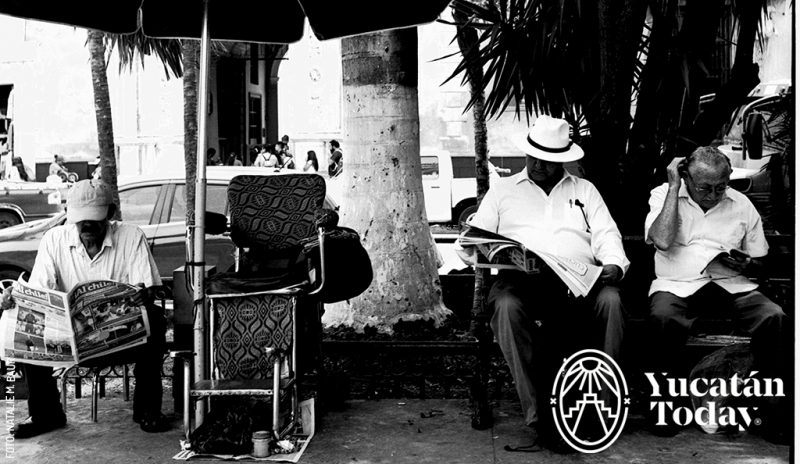
You can make an appointment to see the hidden gems of Mérida's history for yourself by contacting staff via the Fototeca’s website, where you can also browse (from the comfort of your own home) a collection of photographs digitized from the archive. The Fototeca also regularly exhibits materials from the archive in Mérida and around the state. You can follow the archive’s Facebook page for updates on exhibits.
UADY (Universidad Autónoma de Yucatán)
Calle 76 #455-LL x 41 y 43, Centro
Tel. (999) 925 4524
http://fototeca.antropologia.uady.mx/
Facebook: Fototeca Pedro Guerra
Photography by Natalie M. Baur with permission for use in Yucatán Today
First published in Yucatán Today print and digital magazine no. 372, in December 2018.
In love with Yucatán? Get the best of Yucatán Today in your email.
Don't miss our best articles and the monthly digital edition before anyone else.
Related articles
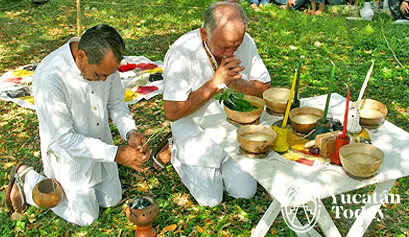
Yucatecan liquors to try on your visit
Learn how to get a taste of the unique flavors of Yucatecan liquors, including Xtabentún, Henequén, Balché, and Pox, and also their cultural...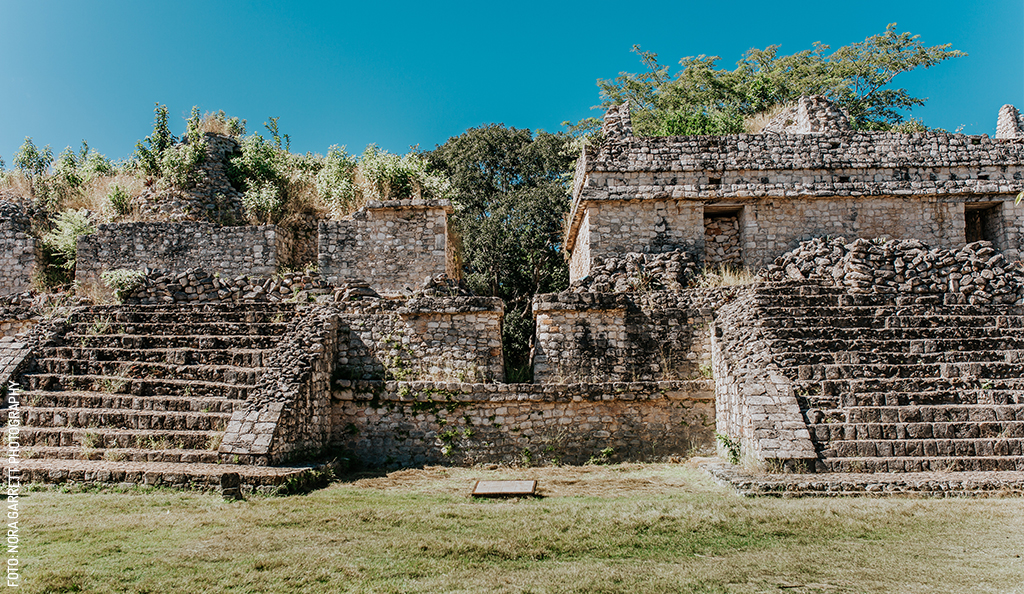
Maya Archeological Sites
Discover unique Maya archaeological sites in Yucatán, including Ek Balam and Dzibilchaltún. Catch a glimpse of the Maya civilization!